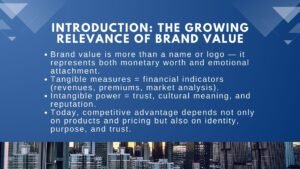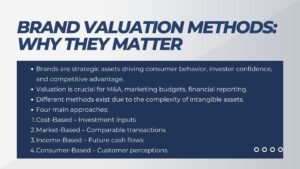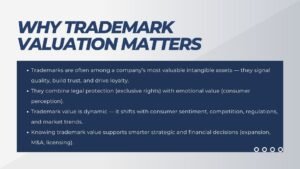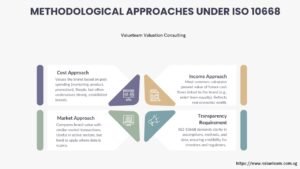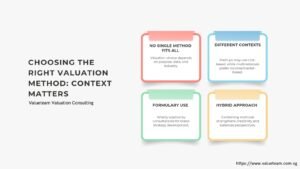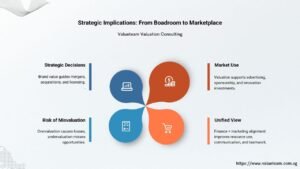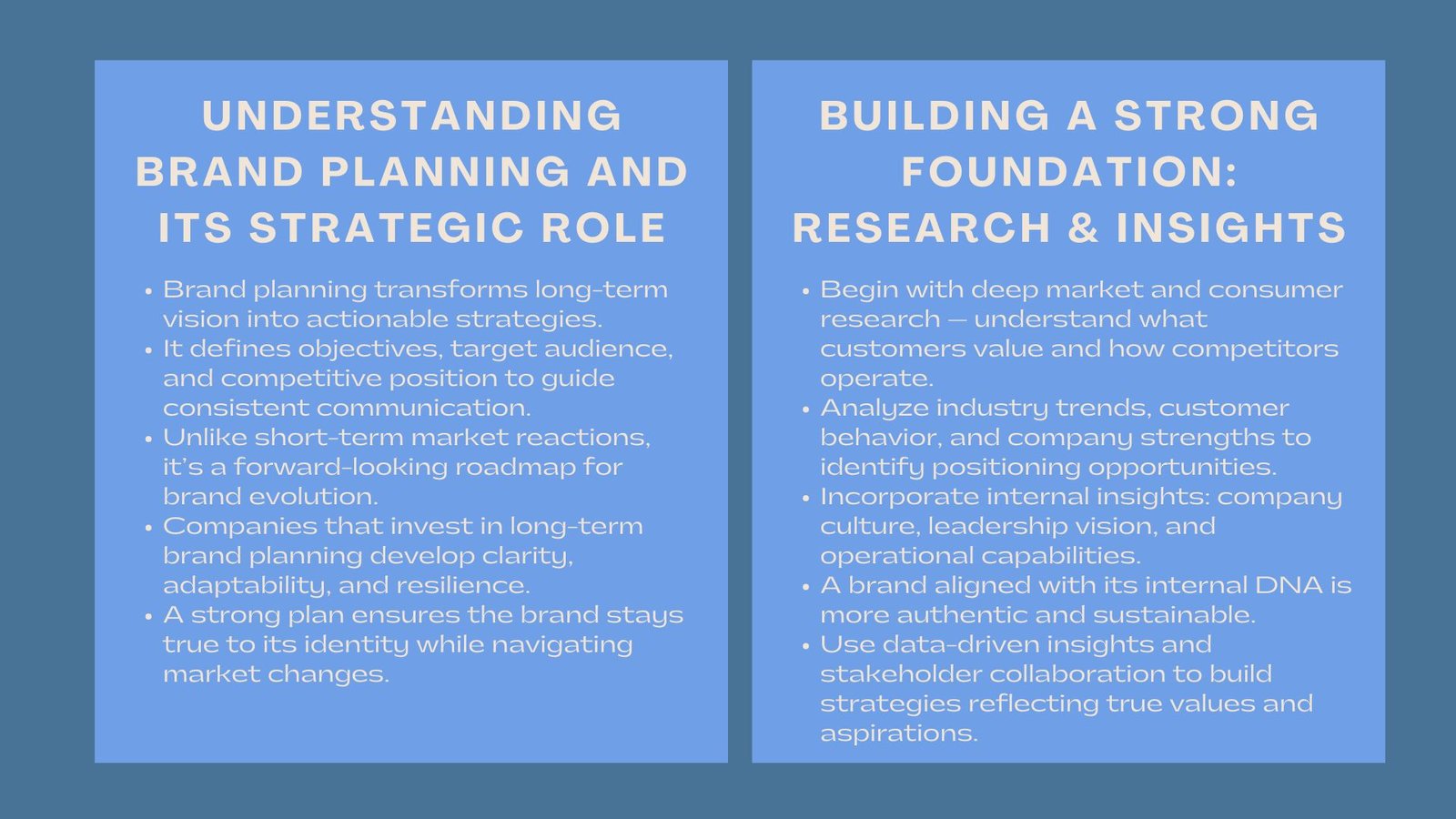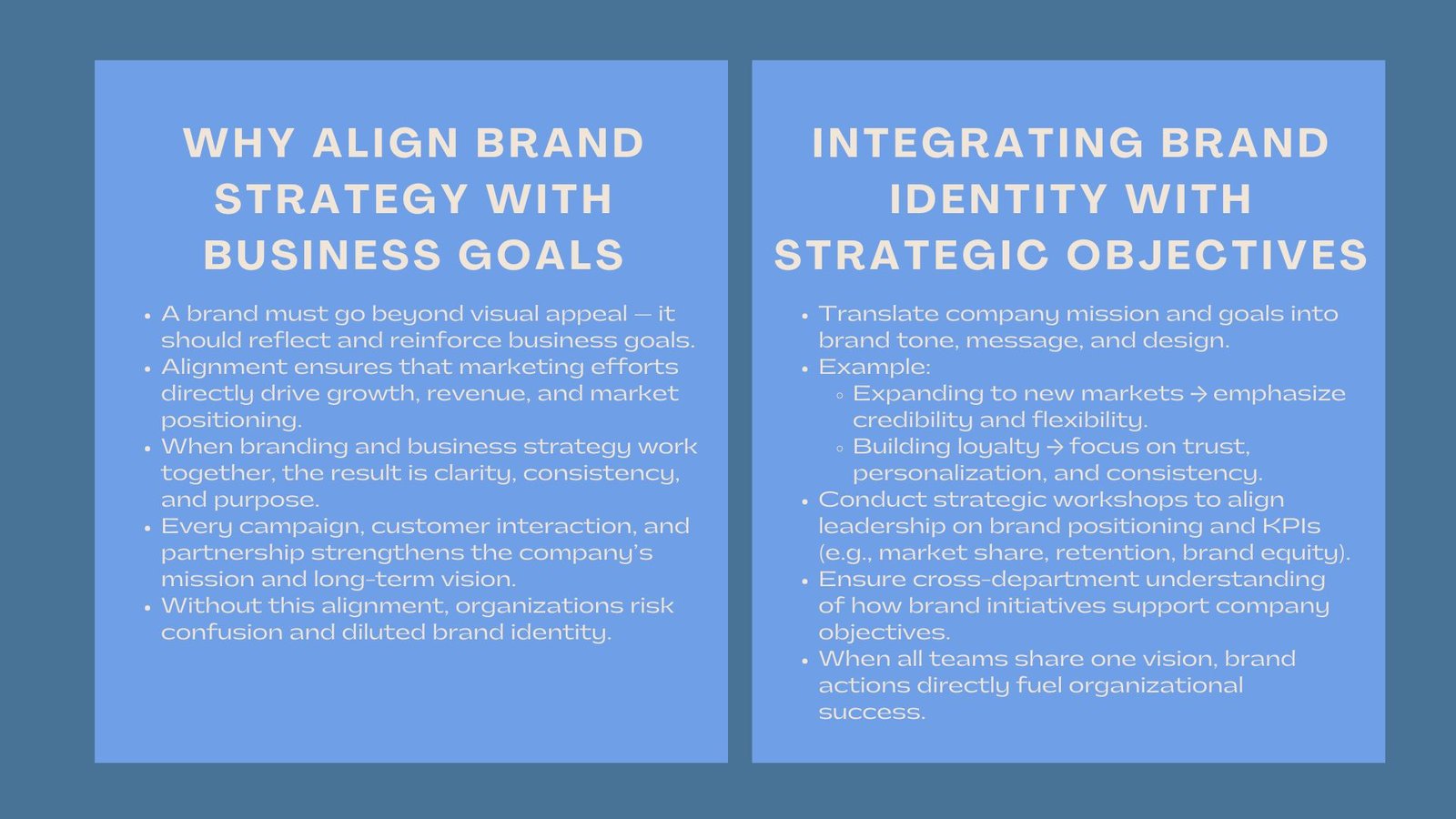
Excellent Decoding Brand Value: Mastering Cost-, Market-, Income-, and Formulary-Based Valuations
Excellent Decoding Brand Value: Mastering Cost-, Market-, Income-, and Formulary-Based Valuations
Introduction: The Growing Importance of Brand Valuation
Intangible assets tend to dominate the real assets in determining the prosperitys of a company in the contemporary economy. Brand value, although a very strong and potent yet intricately complicated corporate value driver, is one of the most essential intangibles. A good brand name not only drives customer loyalty and pricing strength but also serves an important role in attracting investors, funding and more importantly expanding into new market opportunities. Estimation of brand value is not quite simple. The difficulty, of course, is that it is a financial, psychological phenomenon, a profoundly behavioral matter and (finance) than it is a matter of balance sheets.
To attain this task, brand valuation methodologies have been introduced to offer systematic procedures in measuring brand value. The most commonly appreciated include cost based valuation, market based valuation, income based valuation and the formulary based valuation. All these approaches have their distinct views, merits, and demerits, and therefore they can be applicable in varying situations of business. In this article, these four approaches have been unpacked, their intricacies highlighted, and a closer look given on how they can help organizations understand the true value of its brand.
Cost-Based Valuation: Tracing Brand Worth Through Historical Investment
In some cases, cost-based valuation is the easiest and straightforward. This solely involves the expenses incurred in constructing a brand. In the method, brand value is calculated as the sum of total historical expenditures incurred in creation and development of the brand. It is usually composed of such expenditures as advertising, driving promotional campaigns, sponsorships, design, trademarks and other marketing related expenditures.
The advantage with the cost-based value is that it is simple and transparent. It also keeps a business in a clear record of what has been expended to build the brand over the years and this can be helpful during financial reporting and internal audits. Valuing of companies in the early phases of development can be achieved on a cost-based valuation system.
Serial established limit costs limit values. It fails to encompass the earning capacity of a brand either in the present or in the future as well as the consumer perception and market dynamics. Two companies may put equal investments into branding activities, but the resulting consumer-recognition and consumer-loyalty may be hugely different. This approach thus has the benefit of measuring the input piece of branding not the real economic measure.

Market-Based Valuation: Comparing Brands in the Open Arena
Market-based methods of valuing brands peer outward, using market-based forms of value, to determine the worth of a brand. Comparative methods use transactions like sale, licensing, or franchising of similar brands to set the benchmarks. Comparatives have been made by analysts on similar deals, market multiples, and competitor prices in order to see how much roughly a brand may cost on acquisition or sale in the market.
Real world market activity is one of the greatest strengths associated with market-based valuation. By measuring the behaviour of supply and demand, it measures what buyers and investors are willing to pay to buy a brand. This is of particular interest in the case of mergers and acquisition as well as in the context of the licensing negotiations.
There are difficulties to the approach though. Credible market information is not always available, especially in case of special industries or companies kept privately where little transactions involving the brand can take place. Moreover, it is impossible to compare any two brands, and matching with industries or geographies may not give an accurate valuation. Market-based valuation can, therefore, prove to be most effective when combined with other techniques in this regard to ensure that there is a market reality check to counter financial projections and internal evaluations.
Income-Based Valuation: Projecting the Brand’s Financial Contribution
One of the best-recognized and widely employed valuation techniques is income-based valuation because the brand value directly correlates to financial performance. In this method, it estimates the future economic gains which can be attributed to the brand and interprets this in terms of present value. It can usually be done by estimating the revenues derived by the brand and discounted cash flow (DCF) to calculate net present value using discounted cash flow (DCF) or royalty relief techniques to calculate a net present value.
The income-based strategy is of specific interest to capitalists and business tacticians since it establishes the connection between brand value and profitability and profitability and the sustainability of a business. It highlights the importance of the brand in making sales, customer loyalty and gaining a competitive edge and translates these non quantifiable benefits into a quantitative business value.
Income-based valuation is not, nevertheless, free of complexity. It involves precise financial projections, estimates as to projected growth, discounting rates and brand contribution margins. Minute variations even in assumptions can result in very different outcomes and hence this process is very sensitive to judgment. However, when done carefully, income-oriented valuation can give one of the richer and most complete estimates of brand value and support it with corporate finance fundamentals.
Formulary-Based Valuation: Bridging Tangibles and Intangibles
The combination of the financial measures and the consumer and market data through the formulary-based valuation provides a hybrid instrument. It does not merely work on the basis of costs or transactions or even estimated income but takes recourse to weighted formulas to match brand strength related to a number of dimensions. These dimensions can be brand loyalty, awareness, leadership, market share, geographic reach and perceived quality.
It is a common practice to use this method in circumstances that require not only financial but also perceptual determinants when determining the value of a brand. As an example, formulary valuation may be very successful in the case of consumer brands that have predominantly global nature and are oriented on intangible elements of value such as customer trust and emotional attachment that prove to be major determinants of their financial sustainability.
The power in this practice is that it is a balanced approach to practice. Formulary-based valuation accomplishes this by including both qualitative and quantitative measures to present a more holistic view of brand value where it is not all about financial returns but also about those less how to value tangible and intangible assets in a business aspects of brand equity. The difficulty though is that choosing the factors and even weightings can be subjective and this will give different results. However, this method presents a feasible valuation tool that can be used by organizations in need of an all-inclusive and flexible brand valuation model.
Choosing the Right Valuation Method: Context Matters
There is no one approach that can empirically entrap brand value in every situation. The use of valuation techniques largely depends on what the valuation will be used, the source of information and the industry. As an example, start up valuation program Singapore might use cost-based valuation to support an early branding investment and a multi-nation corporation undergoing a merger process may look to an income- or market-based valuation to meet financial stakeholder demands. In the interim, the formulary-based approaches hold wide currency among the brand consultancies in so far as they can offer the entire revenue in developing brand strategy.
Your most powerful brand valuations will tend to be those employing a combination of methods to triangulate value. Such a hybrid strategy would not only address the weaknesses of individual approaches but also make it credible since it balances the internal perspective with a market and financial perspective.
Conclusion: Mastering the Art and Science of Brand Valuation
Valuing a brand is a science and an art, which is a combination of strong financial and a feel of the amorphous factors that determine consumer attitude. The cost-based, market-based, and income-based as well as formulary-based approaches all provide different insights to brand worth, how it has been spent in the past and how it will generate profitability in the future.
The importance of these valuation methods is that they must be mastered by any business because they represent a strategic need. Clear knowledge of brand value can be used to make better decisions at the level of merger and acquisition, license, marketing planning, and investor access. More importantly, it enables organizations to take note of the fact that their brand is not a logo or a name, but an engine that can generate long-term growth and resilience in an ever-more competitive global market.


